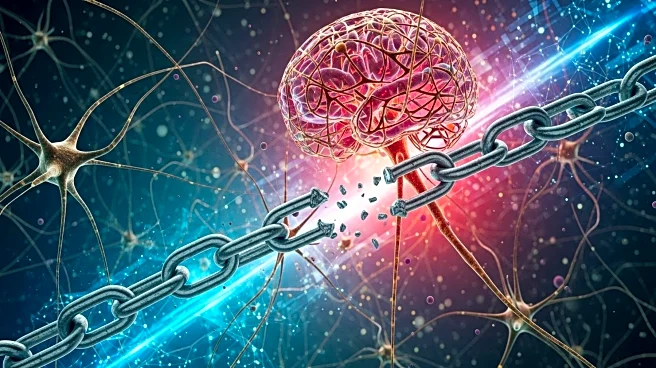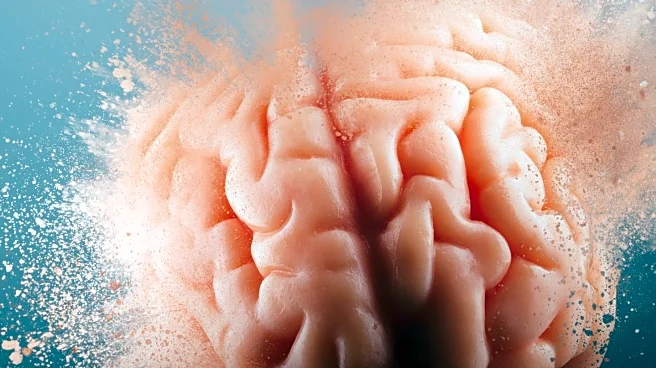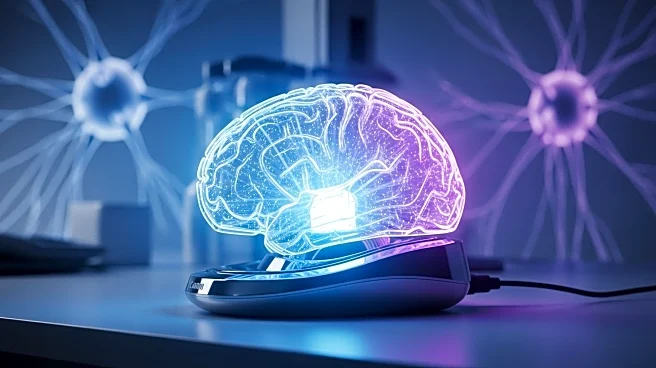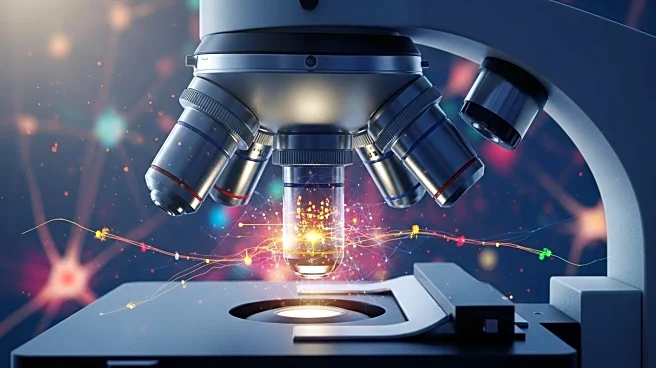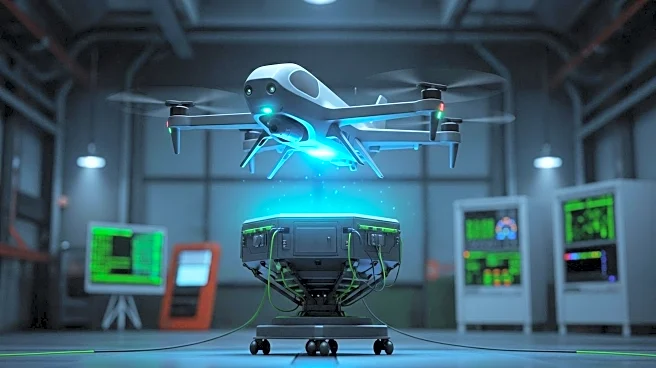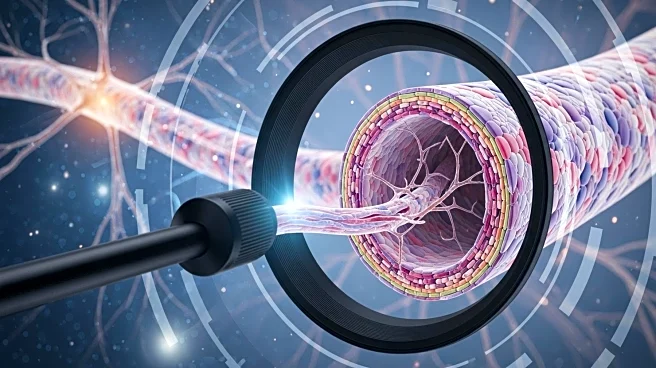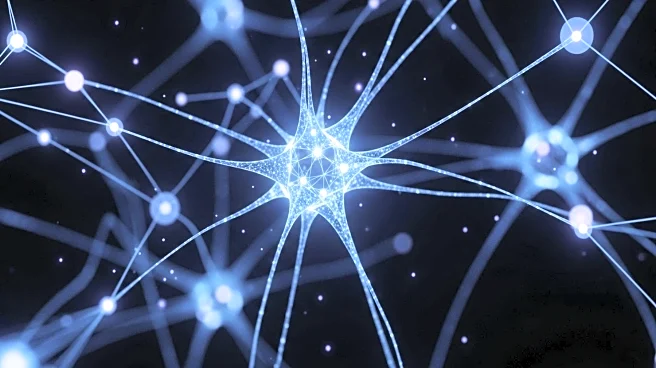What's Happening?
Recent research published in Nature Neuroscience has challenged the long-standing belief that the brain's body map undergoes significant reorganization following the amputation of a limb. Traditionally, it was thought that the brain would adapt by allowing neighboring body parts to take over the area once represented by the missing limb, a concept central to the theory of adult brain plasticity. However, the study, which involved brain scans of three patients undergoing arm amputations, found that the brain's body map remains stable even years after the loss of a limb. The research involved functional MRI scans conducted before and after the amputations, revealing that the brain's representation of the hand did not change, even when patients attempted to move their phantom fingers. This finding suggests that the brain's body map is more resilient than previously thought, maintaining its structure despite the absence of sensory input from the amputated limb.
Why It's Important?
The implications of this study are significant for the development of therapies and technologies for amputees. The traditional view that the brain's body map reorganizes itself has led to therapies aimed at 'fixing' these maps, such as mirror box therapy and virtual reality training. However, the new findings suggest that these therapies may not be addressing the root cause of phantom limb pain, which could be linked to misfiring signals from severed nerves rather than changes in the brain's map. This insight could shift the focus of treatment strategies and inspire new surgical techniques to preserve nerve signaling. Additionally, the stability of the brain's body map opens up possibilities for advanced prosthetic limbs and brain-computer interfaces that could tap into these preserved maps to restore natural control and sensation for amputees.
What's Next?
Future research and development may focus on leveraging the stable brain maps for creating more intuitive prosthetic limbs and brain-computer interfaces. These technologies could potentially decode attempted movements or provide sensory feedback to amputees, enhancing their quality of life. Moreover, surgical techniques that maintain nerve connections could be further explored to prevent the formation of painful phantom sensations. As these technologies and methods advance, they could offer amputees more effective solutions for managing phantom limb pain and improving prosthetic functionality.
Beyond the Headlines
The study's findings also raise questions about the broader understanding of brain plasticity and its limits. While the brain is known for its ability to adapt, this research suggests that certain neural structures may be more resistant to change than previously believed. This could have implications for other areas of neuroscience, particularly in understanding how the brain copes with injury and loss. Additionally, the ethical considerations of developing invasive brain-computer interfaces will need to be addressed as these technologies progress.
